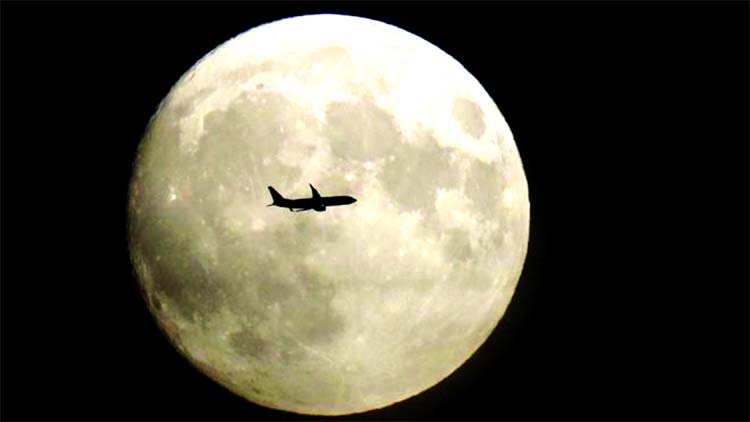
BBC Online :
Skywatchers could catch a glimpse of a so-called “supermoon” – when the Moon appears larger and brighter in the sky.
At 15:47 GMT the Moon will appear about 7% larger and 15% brighter, with moonrise about 45 minutes later.
The phenomenon happens when the Moon reaches its closest point to Earth, known as a perigee Moon
The Moon circuits the Earth in an elliptical or oval orbit – a supermoon occurs when the perigee Moon is also a full Moon. Robert Massey, of the Royal Astronomical Society, said it will appear brightest at midnight – when at its highest point above the horizon. The Met Office’s UK forecast suggests there will be clear spells this afternoon, so the supermoon may be visible.
Skywatchers could catch a glimpse of a so-called “supermoon” – when the Moon appears larger and brighter in the sky.
At 15:47 GMT the Moon will appear about 7% larger and 15% brighter, with moonrise about 45 minutes later.
The phenomenon happens when the Moon reaches its closest point to Earth, known as a perigee Moon
The Moon circuits the Earth in an elliptical or oval orbit – a supermoon occurs when the perigee Moon is also a full Moon. Robert Massey, of the Royal Astronomical Society, said it will appear brightest at midnight – when at its highest point above the horizon. The Met Office’s UK forecast suggests there will be clear spells this afternoon, so the supermoon may be visible.

